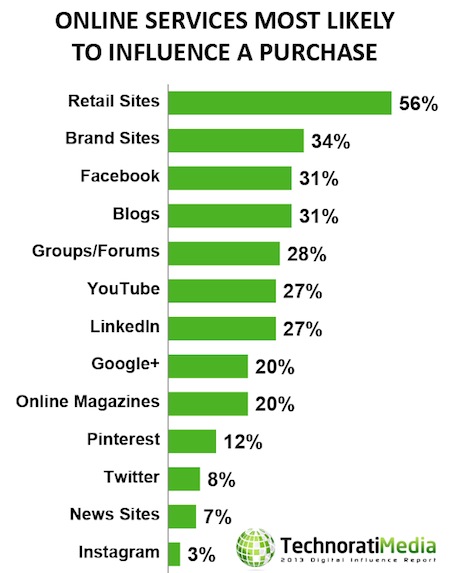 Understanding consumer behavior, whether you’re preparing to launch a new product, revisiting your integrated marketing plan or pursuing another strategic task, is a key component of success. It’s great to understand your business and its story—you also need to know your customers and understand what drives consumer behavior.
Understanding consumer behavior, whether you’re preparing to launch a new product, revisiting your integrated marketing plan or pursuing another strategic task, is a key component of success. It’s great to understand your business and its story—you also need to know your customers and understand what drives consumer behavior.
After all, your customers drive your business—and if you don’t know anything about them, you can’t very well sell them the products, services or information they need to solve their problems, ease their pain points, grow their businesses and/or make their lives easier.
Not sure how exactly to get in the minds of your customers? A great resource is Technorati’s Media 2013 Digital Influence Report, an annual survey that compiles data gleaned from 6,000 influencers, 1,200 consumers and 150 top brand marketers.
And as you examine your digital marketing strategy for 2013 and beyond, you’ll likely want to know more about your consumers’ online behavior. Consider the following highlights from Technorati’s study:
Consumer Online Behavior and Purchasing Power
The most used digital platforms include YouTube (80%) and Facebook (74%). In what might be a surprising revelation, Google+ came in ahead of Twitter (47% compared to 34%), while Pinterest lags behind at 21%.
And when it comes to influencing purchases (which we all care about), retail sites, brand sites and blogs (tied with Facebook) are the three most likely sources for driving sales (as pictured below), while social platforms like Twitter, Pinterest and Instagram don’t deliver as much value in terms of influencing customers to hit the “buy” button.
Considering the above, if you haven’t already started a corporate blog, consider this a gentle nudge to maybe get that in gear. There’s no doubt that creating and maintaining a blog requires a lot of resources—and if it’s not something you can handle, you might want to consider outsourcing your content marketing to another company. We write corporate blog content for about 90% of our clients and ease a big pain point for them in that regard. See how that works? Pain point, solution. This is true of just about every purchasing decision that consumers make, so always keep that in mind.
Regularly publishing relevant, informative content, whether it’s on your blog, white papers, ebooks, case studies, enewsletters, etc., continues to be an effective way to not only boost your brand recognition and online visibility, but also drive sales. Content isn’t just king—it’s how you make the cash register ring.
Online Communities: Size Doesn’t Matter
As you examine your own online community, keep in mind that size isn’t the most important component. We’re big advocates of the “magic middle” when it comes to strong, vibrant communities and the Technorati study validates that belief. More than half of the survey’s respondents agree that the smaller the community, the greater the influence—and that’s an important signal to your brand to focus more on quality and influence, rather than simply paying attention to numbers like traffic, followers, likes and fans.
Take blogger outreach, for example. If you’re planning on doing blogger and influencer outreach, look for smaller blogs with passionate, involved communities—they’ll likely net you better results than many of the larger bloggers with huge traffic numbers but less engaged communities.
The Case For Google+
Still not sold on Google+? You’re certainly not alone. But as Copyblogger’s Brian Clark likes to say, “get over yourself and get on Google+.” Although the platform ranks above sites like Twitter in several of the survey’s categories, only 26% of brands have a presence on Google+, compared to 85% on Twitter. Is your audience on Google+? If so, you should consider building your Google+ presence, both in the form of a Google+ page and by participating in Google+ communities. Like Brian, I don’t care what the naysayers think, when it comes to search in general, Google+ is good for Google. And your brand should be there. Period.
The Technorati report is a great one and one I look forward to every year. Hopefully you’ll dig in a little bit and enjoy it as much as we do. This kind of data and insights provide a solid knowledge base on which to build and hone your strategy—but don’t overlook opportunities to dig in to your particular audience, too. Pay attention to your own data and let that, combined with some of the foregoing, drive your online marketing efforts.
What’s your experience with consumer behavior compared to that reported by Technorati? Do you see similar results or different? How has that impacted your strategy? We’d love to hear about it.
Images: afunkydamsel via Compfight cc
